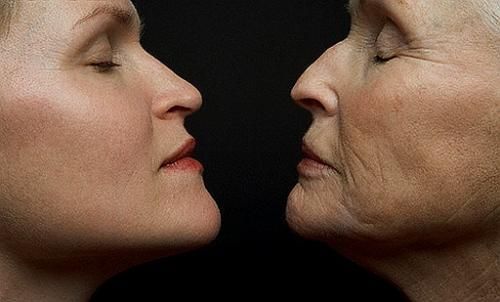Medical expert of the article
New publications
Appearance will tell you your risk of heart disease
Last reviewed: 01.07.2025

All iLive content is medically reviewed or fact checked to ensure as much factual accuracy as possible.
We have strict sourcing guidelines and only link to reputable media sites, academic research institutions and, whenever possible, medically peer reviewed studies. Note that the numbers in parentheses ([1], [2], etc.) are clickable links to these studies.
If you feel that any of our content is inaccurate, out-of-date, or otherwise questionable, please select it and press Ctrl + Enter.
Scientists from the University of Copenhagen, Denmark, have found that people who look older than their age - with baldness, folds on their eyelids or around their earlobes - are more likely to develop cardiovascular diseases than their peers who look their age.

"Visible signs of aging reflect physiological or biological age, but not chronological age, and are independent of the latter," says lead study author Anna Hansen.
In the study, Dr. Hansen and her team found that people with early signs of aging had an increased risk of developing cardiovascular disease, with a 57% higher risk of having a heart attack and a 39% higher risk of developing coronary heart disease.
The experts made this conclusion based on data from 10,885 people who took part in the study. All subjects were aged 40 years and over, and 45% of them were women.
The experts used the amount of grey hair, the type and features of baldness, the severity of wrinkles and folds near the earlobes as signs of aging.
Of the participants, 7,537 had fronto-parietal baldness, 3,938 had baldness on the top of the head, 3,405 had folds near the earlobes, and 678 people looked older than their age due to fatty deposits around the eyes.
Participants were followed for 35 years. During this period, 3,401 people developed heart disease and 1,708 had a heart attack.
When the scientists analyzed the data statistically, they found that both the individual and combined signs of aging were associated with a higher risk of heart attack and heart disease, even after controlling for age and other known risk factors for cardiovascular disease.
The strongest link was between cholesterol-containing deposits that form on the skin around the eyes as yellow fatty deposits and heart attack.
With each new sign of aging, the risks of developing cardiovascular diseases only increase in both men and women.
The researchers say further research should focus on identifying biological mechanisms that might explain how signs of aging are linked to heart disease risk.


 [
[